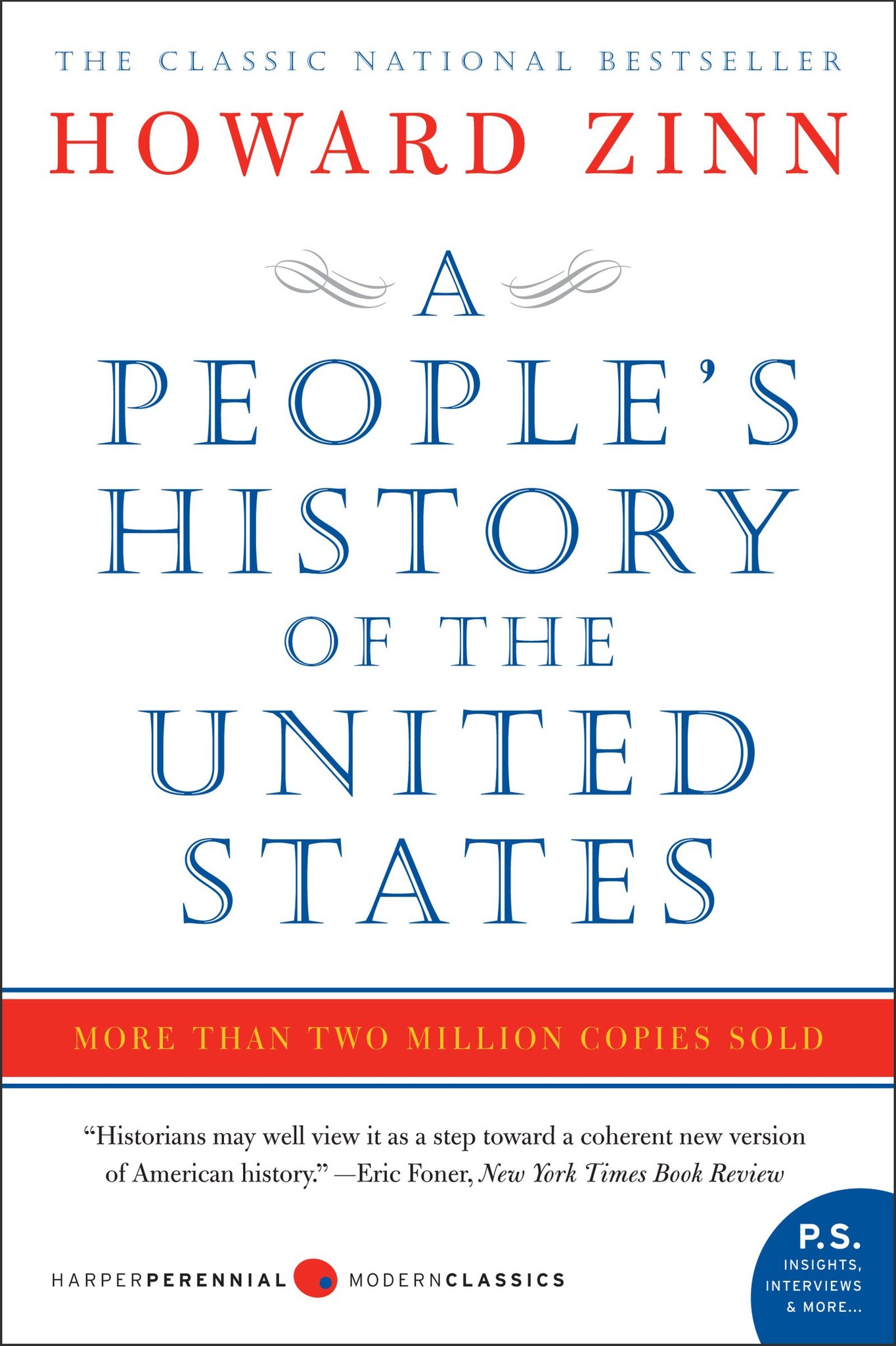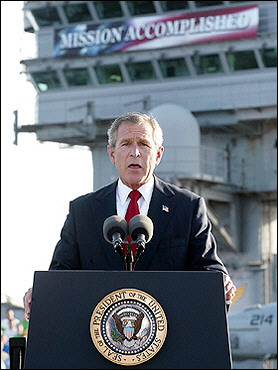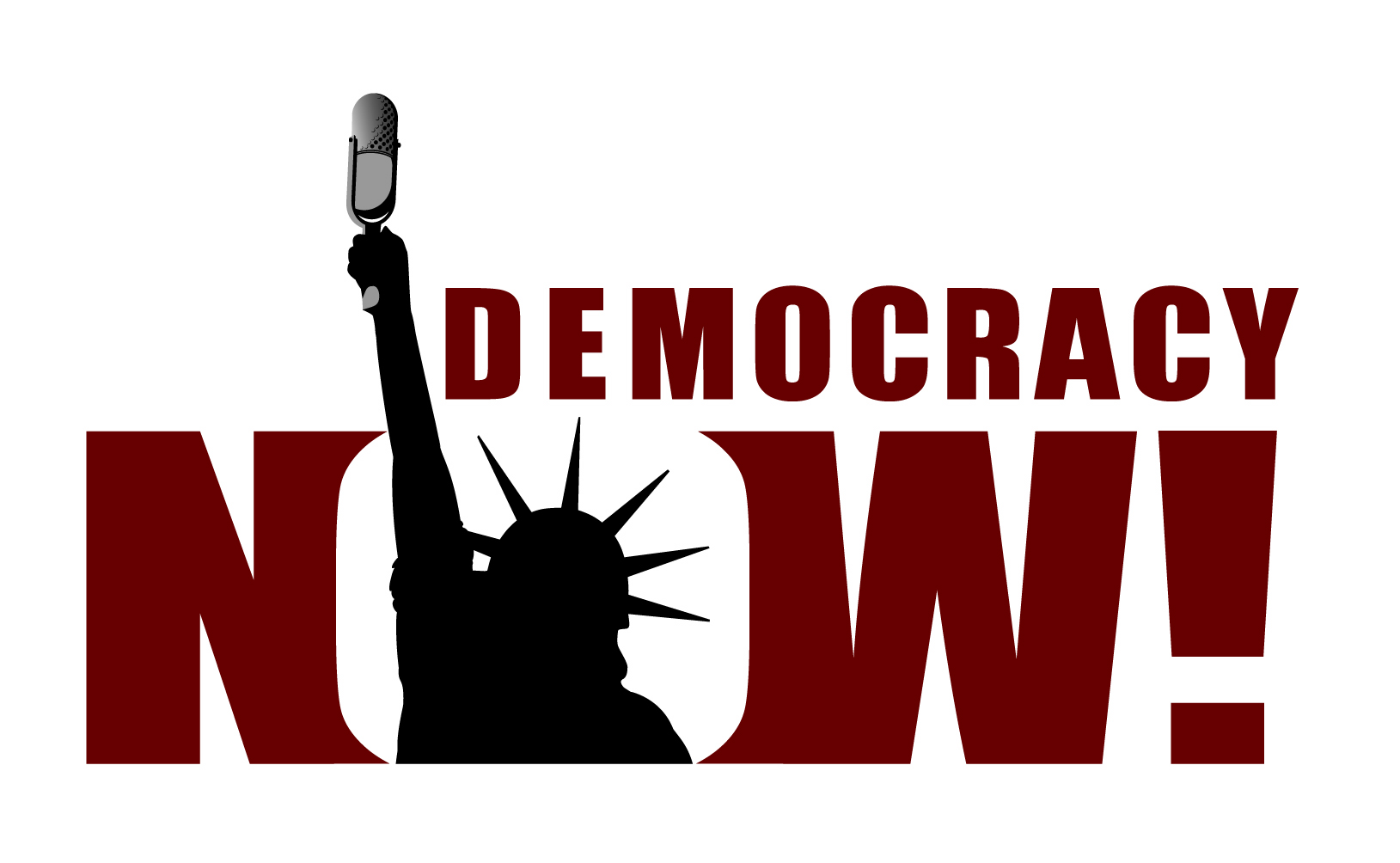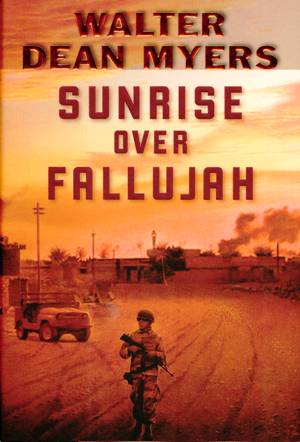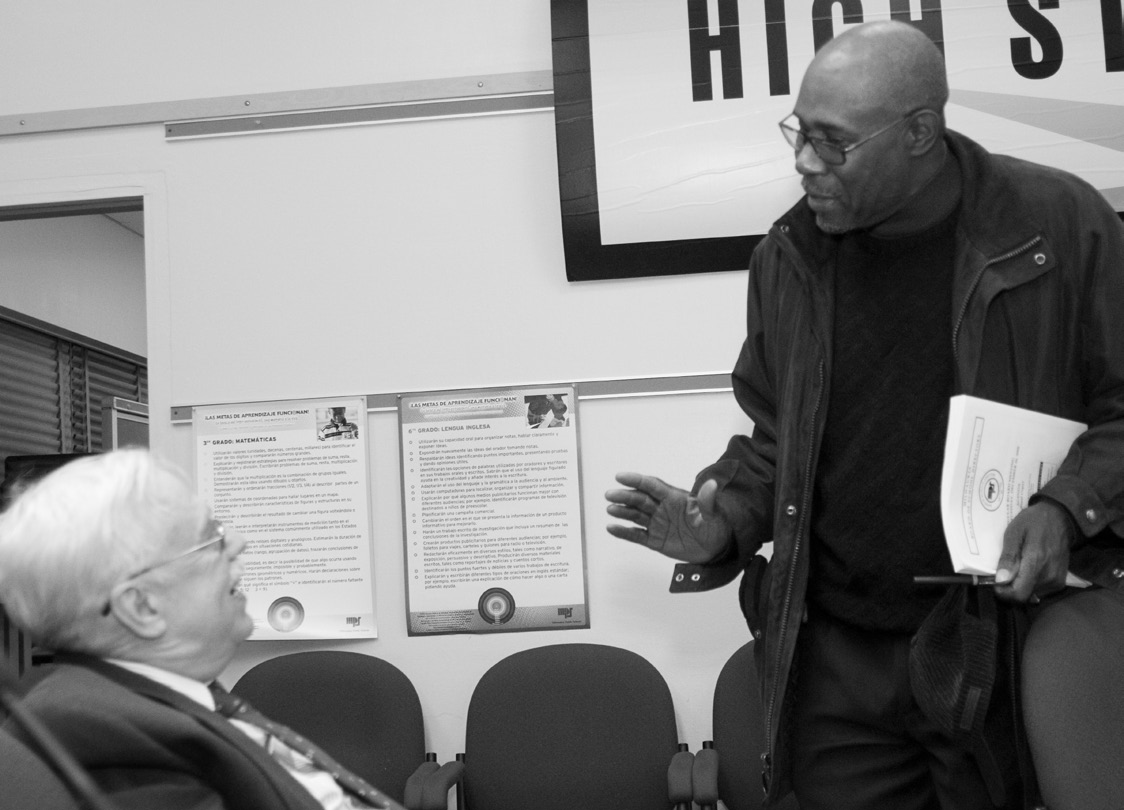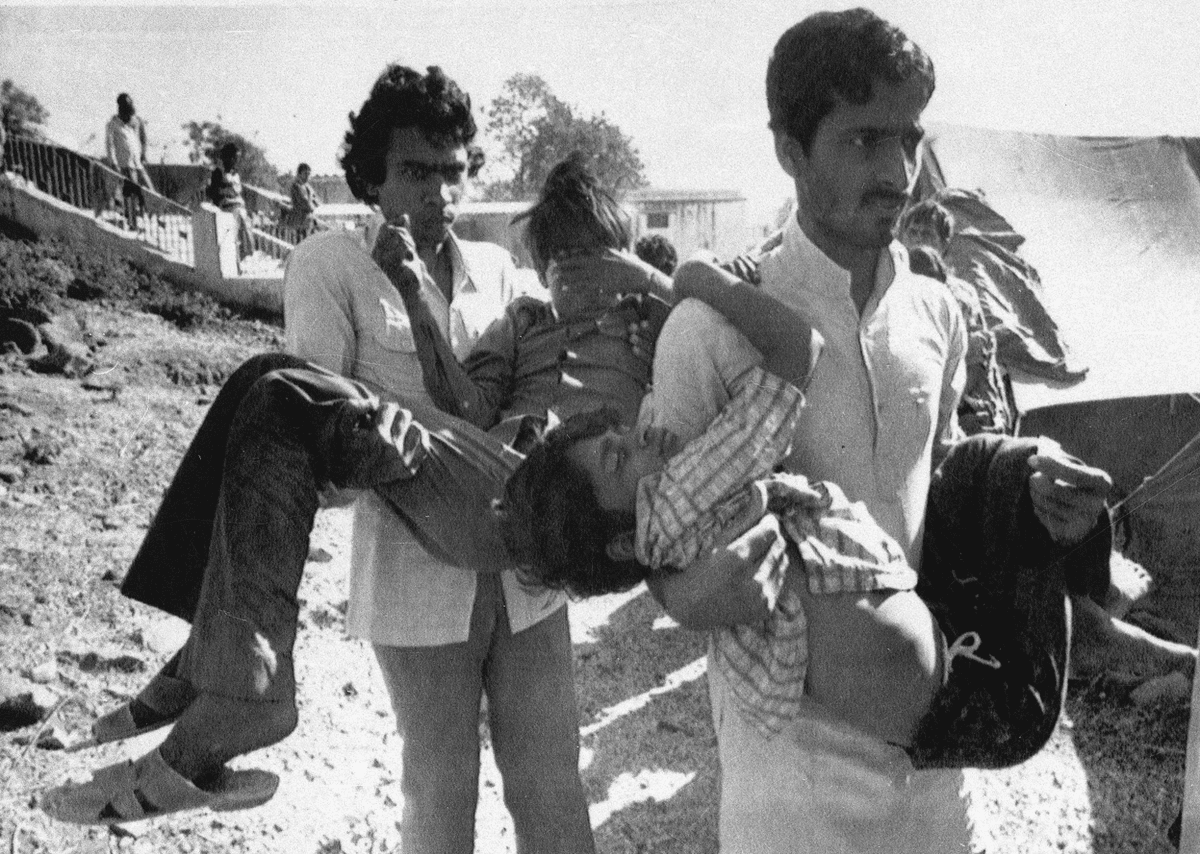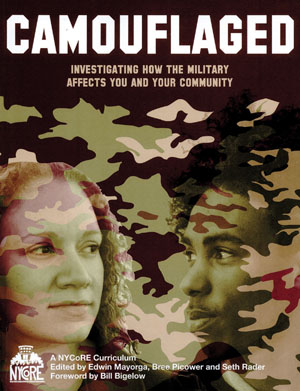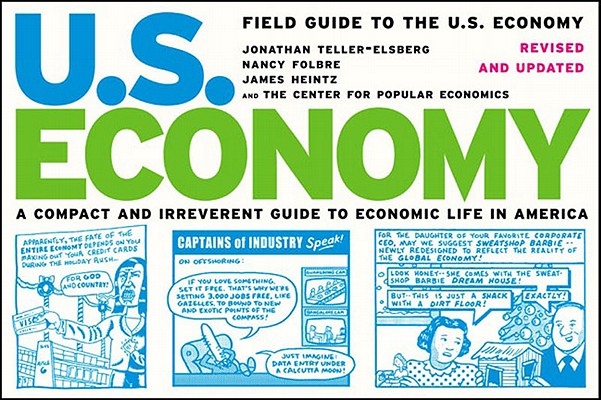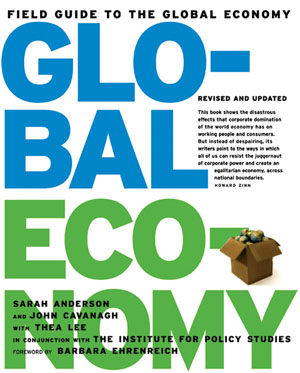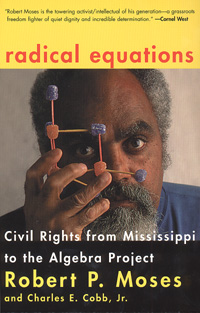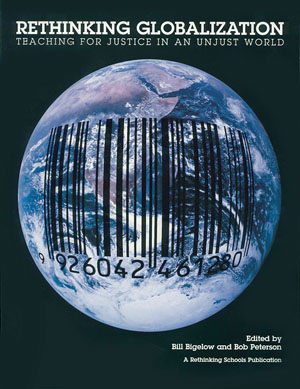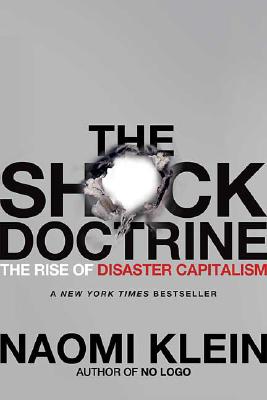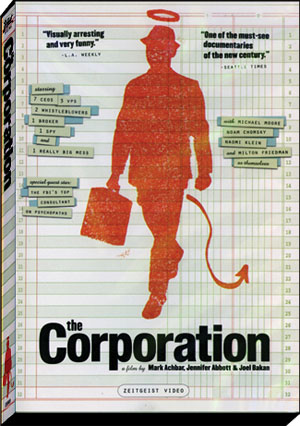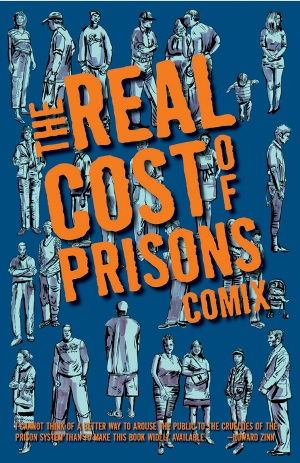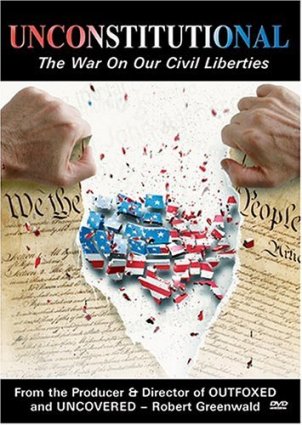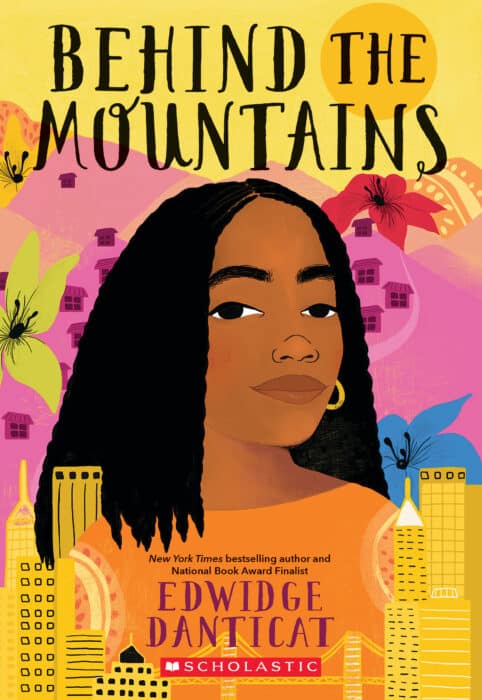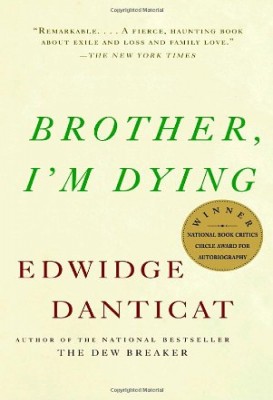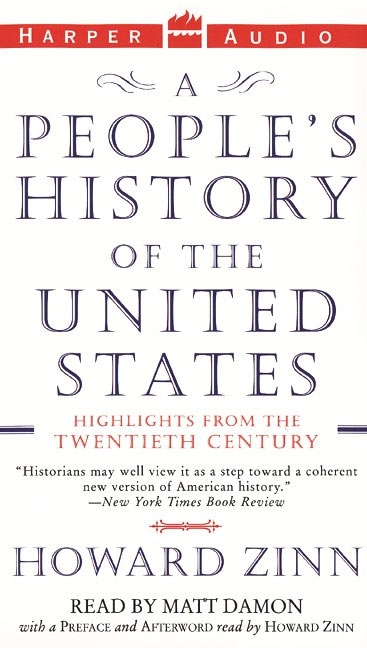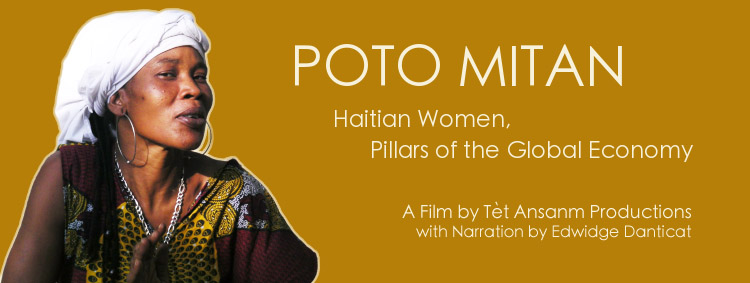Book — Non-fiction. By Howard Zinn. 2005, with a new introduction by Anthony Arnove in 2015. 784 pages.
Howard Zinn's groundbreaking work on U.S. history. This book details lives and facts rarely included in textbooks—an indispensable teacher and student resource.
Continue reading
Teaching Activity. By Gayle Olson-Raymer. 18 pages.
Questions and teaching ideas for Chapter 24 of Voices of a People’s History of the United States on George W. Bush, the "War on Terror," Afghanistan, Iraq, and the Patriot Act.
Continue reading
Radio program and podcast.
Daily news radio program, hosted by Amy Goodman and Juan Gonzalez, with voices rarely heard in corporate media.
Continue reading
Website.
A clearinghouse of over 150 speakers, performers, scholars, artists, exhibits and films, representing a wide range of social and political movements.
Continue reading
Book — Fiction. By Walter Dean Myers. 2009. 320 pages.
Young adult novel about a U.S. soldier in Iraq.
Teaching Activity by Walter Dean Myers
Continue reading
Article. By Bob Peterson.
A critique of social studies textbooks and the rationale for a campaign to rethink them.
Continue reading
Teaching Activity. By Bill Bigelow. Rethinking Schools. 11 pages.
Using scenarios based on real situations, this lesson helps middle and high school students examine the definition of terrorism and the use of the term terrorism in the media and U.S. foreign policy.
Continue reading
Book — Non-fiction. By Eric Schlosser. 2006. 318 pages.
Geared to the young consumer, takes a bite out of fast-food industry.
Continue reading
Teaching Guide. Edited by Edwin Mayorga, Bree Picower, and Seth Rader. 2008. 188 pages.
Tool for educators to help adolescents explore the role of the military in their lives and in their communities.
Continue reading
Book — Non-fiction. By Jonathan Teller-Elsberg, James Heintz and Nancy Folbre. 2006. 256 pages.
Easy to read graphs make complex economic data accessible to all ages.
Continue reading
Book — Non-fiction. By Sarah Anderson, John Cavanagh, and Thea Lee. 2005. 160 pages.
The economics of globalization in easy to read charts.
Continue reading
Book — Fiction. By Cory Doctorow. 2008. 384 pages.
A contemporary novel for teenagers that explores Homeland Security and freedom of speech in the post-9/11 United States.
Continue reading
Book — Non-fiction. By Robert P. Moses and Charles E. Cobb Jr. 2001. 256 pages.
Algebra Project founder on math literacy and civil rights.
Continue reading
Teaching Guide. Edited by Bill Bigelow and Bob Peterson. 2002. 402 pages.
An extensive collection of readings and source material on critical global issues, plus teaching ideas, lesson plans, and rich collections of resources for classroom teachers.
Continue reading
Book — Non-fiction. By Naomi Klein. 2008. 720 pages.
Klein demonstrates how shock has been used by global elites to push through a radical agenda of privatization and "free trade."
Continue reading
Film. By Mark Achbar, Jennifer Abbott, and Joel Bakan. 2004. 145 minutes.
This award-winning documentary examines the nature, evolution, impacts, and future of the modern business corporation and the increasing role it plays in society and our everyday lives.
Continue reading
Book — Non-fiction. By Ellen Miller-Mack, Craig Gilmore, Lois Ahrens, Susan Willmarth, and Kevin Pyle. 2008. 104 pages.
This comic book presents the human stories behind the statistics.
Continue reading
Film. By Nonny de la Peña. 2004. 69 minutes.
A documentary that investigates the ways in which the civil liberties of U.S. citizens and immigrants have been rolled back since 9/11/2001 and the passage of the Patriot Act.
Continue reading
Website. Free downloadable teaching activities for pre-school to college to introduce labor history in the classroom.
Continue reading
Book — Fiction. By Edwidge Danticat. 2004. 192 pages.
A riveting novel detailing the struggles of a young Haitian girl as she adjusts to life in New York.
Continue reading
Book — Non-fiction. By Edwidge Danticat. 2008. 288 pages.
A gripping autobiographical book, about one Haitian woman's experience as a young immigrant and her family's struggle to survive in the United States while fearing for those they left behind.
Continue reading
Audio. By Howard Zinn. Read by Matt Damon. 2003. 8 hours, 44 minutes.
Audio book version of excerpted highlights from A People's History of the United States.
Continue reading
Film. By Catherine Ryan and Gary Weimberg. 2007. 86 minutes.
Documentary about war, peace, and U.S. soldiers in Iraq, from active military to conscientious objectors, wrestling with conscience over killing in war.
Continue reading
Film and website. Produced by Mary Becker and Renée Bergan. Written and narrated by Edwidge Danticat. 2009. 50 minutes.
Documentary about Haiti and global economics told through the lives of five women.
Continue reading

